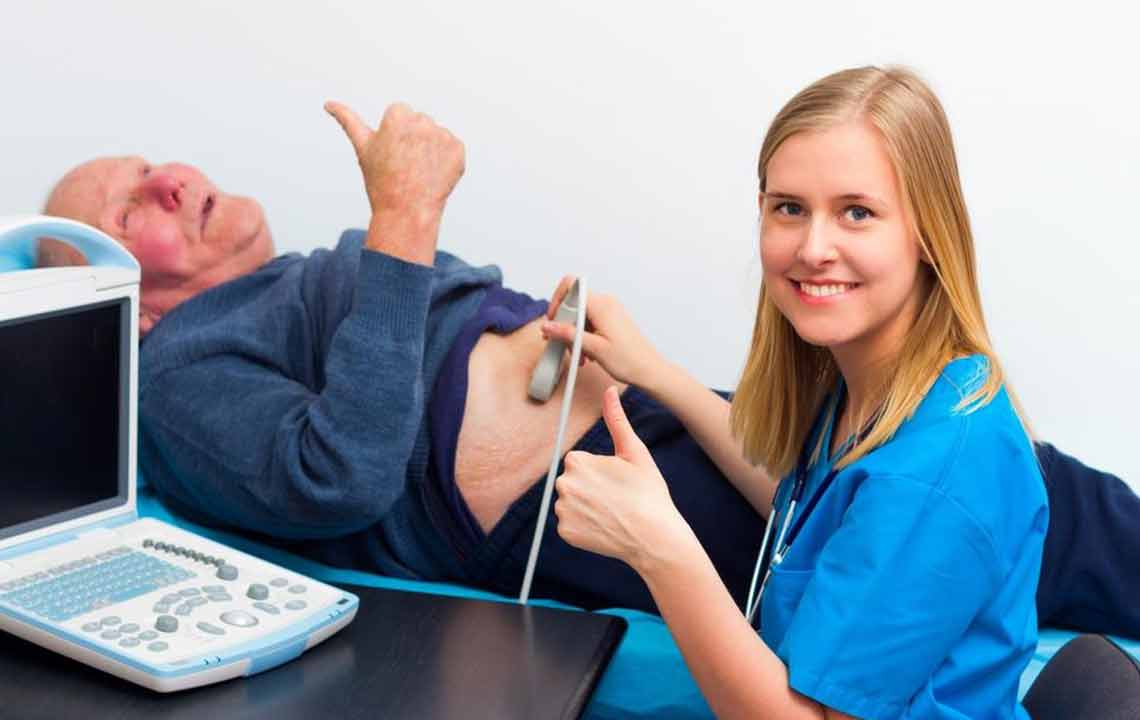Non-Surgical Approaches to Managing Hernia Effectively
Explore effective non-surgical methods to manage hernia symptoms through lifestyle changes, gentle exercises, diet modifications, and supportive devices. Early action and professional guidance are vital for preventing complications and easing discomfort without surgery.

Non-Surgical Strategies for Hernia Relief
A hernia develops when an organ or fatty tissue pushes through a weakness in the surrounding muscle or tissue. Common types include inguinal hernia (groin), incisional hernia (from previous surgery), femoral hernia (outer groin), umbilical hernia (navel), and hiatal hernia (upper stomach). While mainly appearing in the abdominal area, hernias can also occur in the thighs, groin, or around the belly button. Improperly healed fetal openings may lead to hernias in infants. Chronic strain on the abdomen in adults can also cause hernias, which usually need medical intervention to prevent serious complications.
Though most hernias aren’t immediately dangerous, ignoring them can lead to complications. Certain lifestyle habits, exercises, and dietary adjustments can help manage a hernia without surgery. Recognizing symptoms like swelling in the abdomen or groin, pain, heaviness, or digestive issues is essential. In some cases, hernias are only detected during routine check-ups. To avoid surgical necessity, consider changing eating patterns, losing weight, wearing supportive devices, practicing gentle exercises, and adopting healthier routines. Always consult a healthcare professional before starting any treatment plan. Early intervention can prevent worsening symptoms and potential bowel obstruction.
Modify dietary habits
Eat six small, balanced meals daily and avoid spicy foods, sodas, and caffeine to prevent stomach acid reflux. Taking antacids before meals can assist in symptom relief. Stay upright after eating and avoid strenuous activity immediately afterward. Proper diet and posture reduce pressure on the hernia.
Achieve healthy weight
Maintaining a healthy weight decreases abdominal pressure, lowering the risk of hernia progression. Work with your doctor to develop a safe weight-loss plan involving gradual weight reduction through diet and exercise.
Use supportive devices
Wearing hernia trusses or braces can limit protrusion symptoms. While not a cure, they provide comfort and support when used correctly. Consult a healthcare provider for proper fitting and usage instructions.
Engage in gentle exercises or yoga
Strengthening abdominal muscles through low-impact exercise like walking, yoga, or specific targeted workouts can help manage hernia symptoms. Practice poses such as fish pose, wind-relieving pose, or supported shoulder stand with professional guidance. Always discuss exercise routines with your doctor to ensure safety.
Adopt healthier habits
Avoid lifting heavy objects improperly—bend your knees and use your legs, not your back. Quit smoking to strengthen tissues and improve healing. Prevent strain during bowel movements by managing constipation and reducing coughing or sneezing. These habits reduce pressure on the abdominal area, supporting hernia management.
While hernias might seem mild initially, neglecting treatment can cause significant pain and complications. Seeking medical advice early ensures proper management and reduces the risk of severe issues such as bowel obstruction.
Note:
Content on this site aims to inform and provide practical advice across various health topics. It should not replace professional medical consultation. Variations in data and individual conditions mean treatment should always be personalized. The website is not responsible for discrepancies or omitted offers that may benefit readers more than the information provided here.










